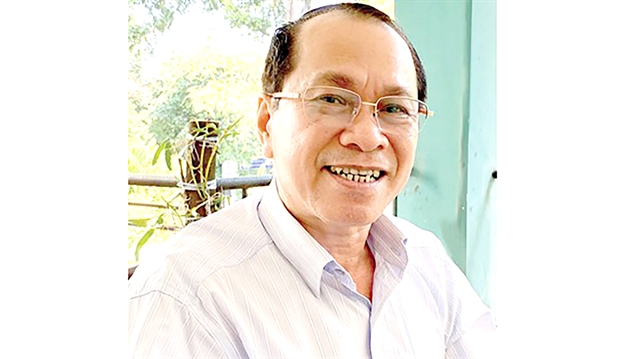 Society
Society


|
| Hoàng Minh Trí, former Director of the HCM City Institute of Urban Planning. Photo sggp.org.vn |
Hoàng Minh Trí, former Director of the HCM City Institute of Urban Planning, talks to Sài Gòn Giải Phóng (Liberated Sài Gòn) newspaper about the need to have specific planning for the city’s path to urbanisation
Do you have any comments on HCM City’s plan to upgrade some of its neighbouring rural districts into urban precincts under the management of the HCM City administration?
Urbanisation is a natural process in outlying dynamic districts like those from HCM City. Of course, HCM City authorities have discussed the economic advantages of changing certain agricultural land into urban/industrial land. In other countries like Russia, the US and elsewhere they have already established mega-urban regions. Of course, in such regions, they have created clusters of urban areas with a nucleus city and satellite cities. Of course, some of them could become a high-tech zone, a university and others.
These urban regions are connected through good infrastructure systems, including universities, bus rapid transit (BRT), metro or others. It is indisputable these regions have all been well designed, creating a balance between green areas and mega-urban cities. This could be a good model for the HCM City authorities to learn from.
However, all the outlying districts that may be converted are adjacent to HCM City’s current urban areas. So how should authorities study a mega-city as you have mentioned above?
On May 25, 2016, the National Assembly Standing Committee adopted Resolution 1210 on the classification of urban categories with specific criteria on the ranking of urban areas and criteria to change agricultural land into urban land. Based on those criteria, the HCM City Department of Home Affairs has conducted an evaluation of the socio-economic development of each outlying district. For example, the outlying district of Hóc Môn recorded six out of six criteria on the socio-economic development scale and all 21 criteria on the basic infrastructure requirements. Meanwhile, the Bình Chánh district got all six criteria on the socio-economic development scale and 18 criteria on the infrastructure.
However, in my understanding, the calculation is based on the average method only. In reality, only areas in districts close to main thoroughfares meet such criteria. That’s why HCM City authorities should only consider upgrading rural areas with good infrastructure into urban districts. This is a good way to facilitate conditions for farmers to develop high-tech agriculture while still practising eco-tourism.
Psychologically speaking, many people want the place where they live to become an urban district. What do you think about that?
Though quite many areas in the 7th or 12th precincts or Thủ Đức City were upgraded into inner-city precincts more than 20 years ago, the benefits that they should have enjoyed are still the same as when they were rural.
To narrow the gap of development between urban areas and rural areas and to help the farmers feel at ease to invest in farming development, including farm tourism activities, I think HCM City authorities should adopt a sound development policy mechanism for both urban and rural areas. If such a policy is in place, I’m pretty sure not many people living in rural areas will want their home to become an urban area. VNS




